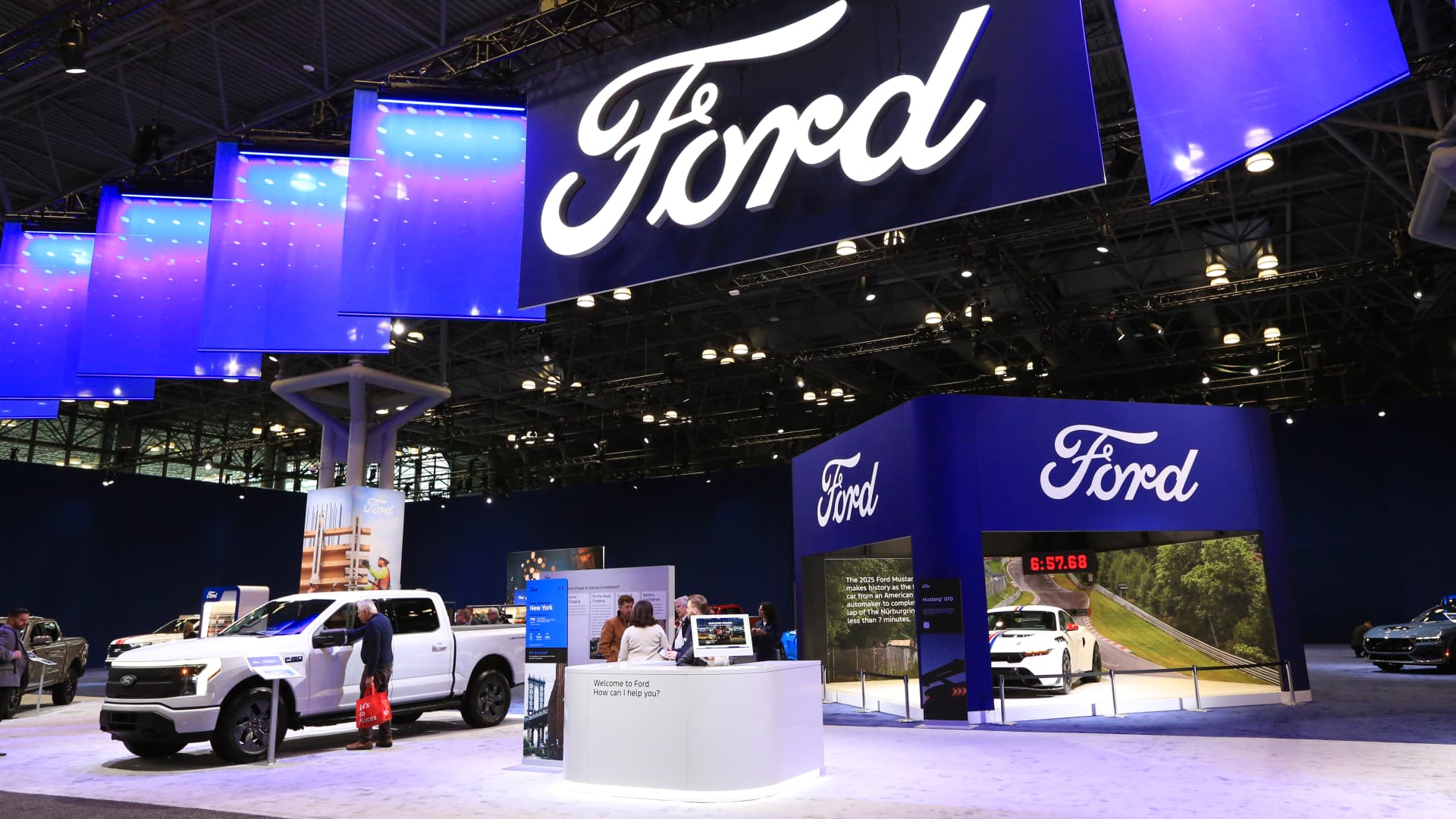The Ripple Effect of Tariff Fears on Auto Sales: A Temporary Boom with Lasting Consequences
Introduction: A Surge Built on Uncertainty
The automotive industry experienced an unexpected windfall in April, as consumers rushed to dealerships in what analysts are calling “tariff fear-buying.” This phenomenon, driven by looming import tariffs, created a short-term sales boom—but beneath the surface, challenges loom. Automakers enjoyed record numbers, yet the sustainability of this growth is questionable. The industry now faces a delicate balancing act: managing inflated demand, dwindling inventories, and the inevitable price hikes that could stall future sales.
The April Sales Boom: A Closer Look
Record-Breaking Numbers
April’s sales reports painted a rosy picture for automakers. Ford reported a 16% year-over-year increase, with electrified vehicles leading the charge. Other major players, including General Motors and Toyota, also saw significant upticks. On the surface, this surge suggested a thriving market. However, the driving force wasn’t organic demand—it was consumer anxiety over impending tariffs.
The Psychology Behind Fear-Buying
When President Trump announced a potential 25% tariff on auto imports, consumers acted swiftly. The fear of higher prices pushed buyers to purchase vehicles before the tariffs took effect. This behavior mirrors past trends, such as the rush to buy electronics before tariffs on Chinese goods. The result? A short-lived sales spike that may not reflect true market health.
The Tariff Threat: How Policy Shapes the Market
The Immediate Impact on Pricing
Tariffs don’t just affect imported vehicles—they ripple through the entire supply chain. If enacted, the 25% levy would increase production costs for automakers, who would likely pass these expenses to consumers. The Yale Budget Lab estimates that average vehicle prices could rise by 13.5%, adding $6,400 to the cost of a new car. For middle-class buyers, this could be a dealbreaker.
Inventory Crunch and Supply Chain Strains
As demand surged in April, inventories shrank. Dealerships struggled to keep popular models in stock, and automakers faced production bottlenecks. If tariffs take full effect, supply chain disruptions could worsen, leading to:
– Longer wait times for new vehicles
– Fewer incentives and discounts as dealers leverage scarcity
– Potential job cuts in auto-exporting countries
The Consumer Dilemma: Higher Costs, Fewer Choices
Who Bears the Brunt?
While some automakers, like Hyundai and Genesis, have pledged to freeze prices until June, this is a temporary fix. Once tariffs hit, buyers will face:
– Higher monthly payments on financed vehicles
– Reduced affordability for budget-conscious shoppers
– Limited options as manufacturers cut less profitable models
The Used Car Market’s Silver Lining
One unexpected beneficiary? The used car market. As new vehicle prices climb, consumers may turn to pre-owned options, driving up demand—and prices—for secondhand cars.
Global Fallout: Beyond U.S. Borders
A Domino Effect on International Markets
The U.S. isn’t the only country bracing for impact. Major auto-exporting nations, including Germany, Japan, and South Korea, could see:
– Declining exports due to decreased U.S. demand
– Factory slowdowns as manufacturers adjust production
– Trade tensions escalating into broader economic disputes
How Automakers Are Adapting
Some companies are shifting production to avoid tariffs, while others are absorbing costs to stay competitive. However, these strategies have limits. If tariffs remain in place long-term, consolidation and restructuring may become inevitable.
The Road Ahead: Challenges and Opportunities
Short-Term Gains vs. Long-Term Risks
April’s sales boom was a sugar rush—energizing but unsustainable. The real test comes in the next few months, as:
– Inventories normalize, revealing true demand
– Price hikes take effect, testing consumer willingness to pay
– Automakers adjust strategies, possibly favoring SUVs and EVs over sedans
Innovation as a Lifeline
To offset tariff pressures, manufacturers may accelerate cost-saving innovations, such as:
– More localized production to avoid import fees
– Increased automation to reduce labor costs
– Expanded EV offerings, which could benefit from separate incentives
Conclusion: An Industry at a Crossroads
The April sales surge was a double-edged sword—a temporary boost masking deeper vulnerabilities. While tariffs fueled a buying frenzy, the aftermath could be painful: higher prices, squeezed supply chains, and a potential sales slump.
The automotive industry now faces a critical juncture. Companies that adapt—whether through smarter pricing, supply chain agility, or strategic shifts in production—will weather the storm. Those that don’t may find themselves struggling in a transformed market.
One thing is certain: the era of tariff-driven uncertainty has only just begun, and its full impact remains to be seen.











